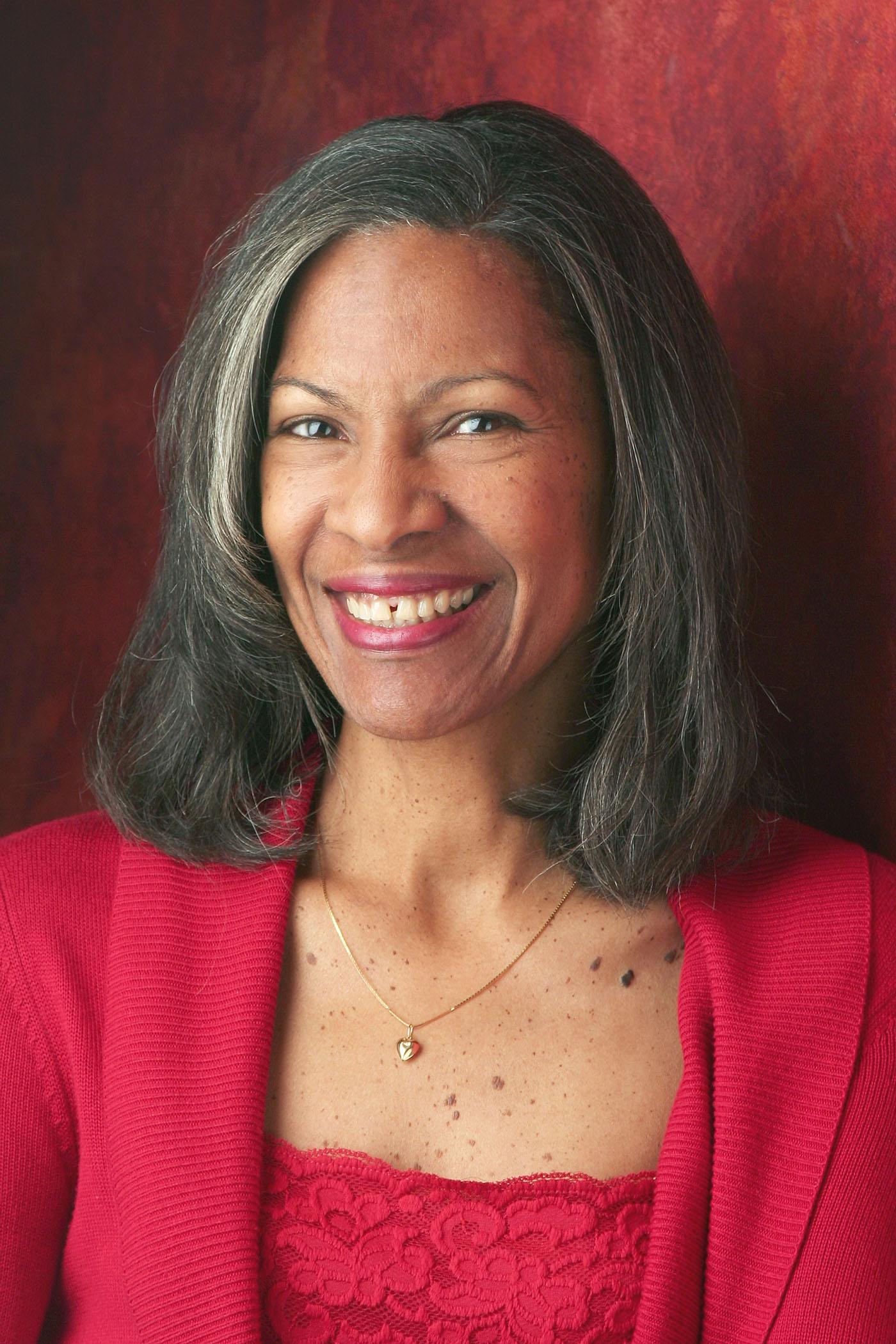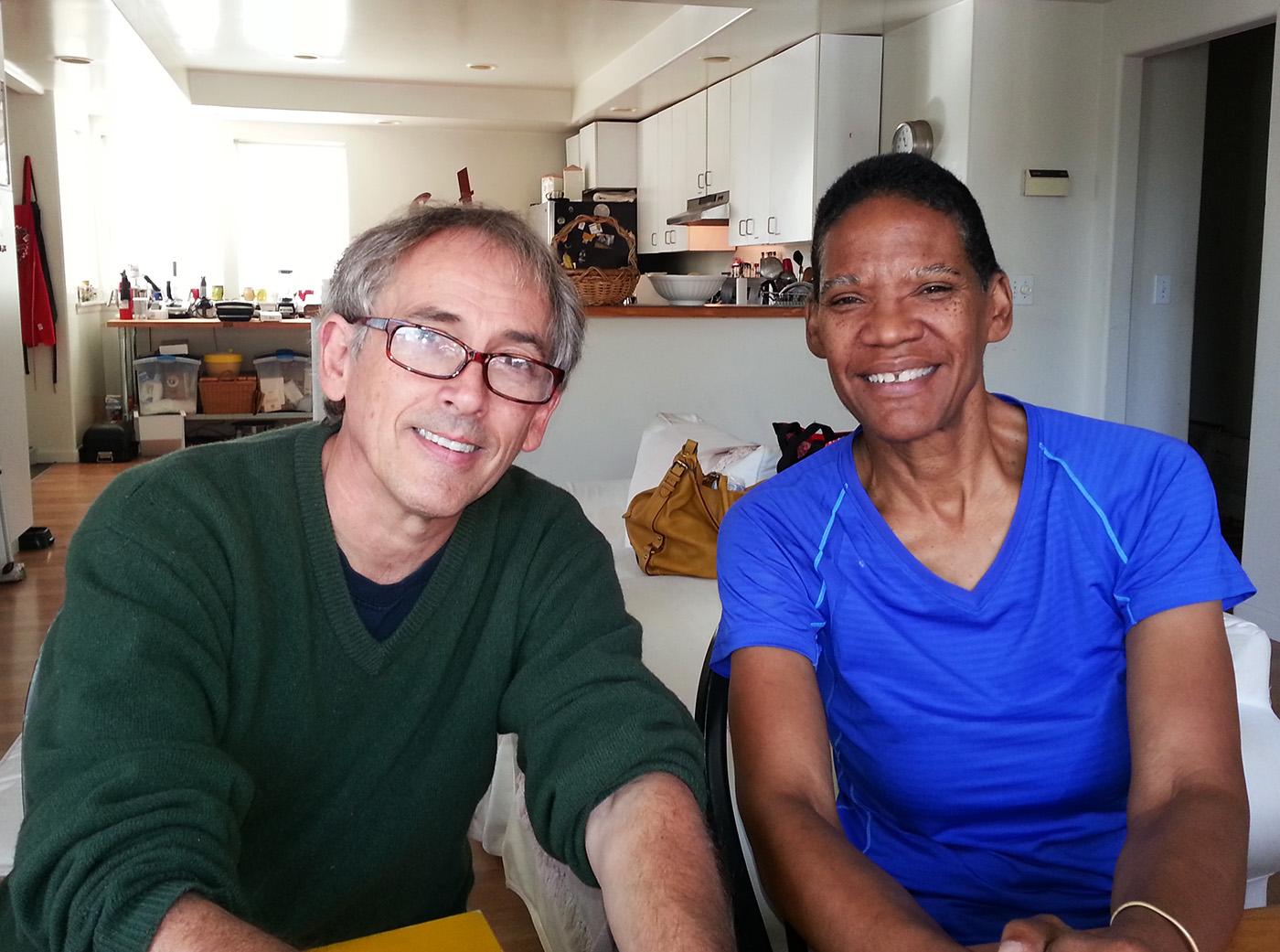We’re excited to continue our series highlighting members of the Frye’s Creative Aging Advisory Committee, a volunteer group of professionals and community members who advocate for the arts, healthcare, and people living with dementia. They bring a wide range of expertise and life experiences into the design and implementation of the museum’s Creative Aging programs.
This post features advisory member Patricia Klingler, who spoke with Samantha Sanders, Creative Aging Coordinator, on May 13, 2024, about her passion for Creative Aging and her connection with the Frye.

Hi, Patricia! In addition to being a Creative Aging advisor, you worked as a corporate trainer and personal coach before retiring. Can you please share how your personal and professional life experiences intersect with your interest in Creative Aging?
Professionally, I have a background in advertising and marketing—in the publishing field. My undergraduate degree is in marketing. I planned for a career as a copywriter. There is a true creative aspect to publishing and writing. However, the more I worked in the field, the more I felt it didn’t align with my values in terms of profit versus purpose. I enjoyed living in Los Angeles in the early 80s, working for magazines such as Bon Appetit, Architectural Digest, and Tiger Beat. After a layoff in 1983, I volunteered at a nursing facility. I always wanted to explore the world of our older citizens. I led exercise groups, socialized, and made connections with the residents—it was a great fit! I moved to Seattle later that year after my younger sister Cynthia and her husband invited me to visit in July. I was captivated by the summertime ambience and knew it would become my new home.
Eventually I was hired by Pacific Medical as an assistant to the nursing administrator, where I became increasingly involved in creative projects. I earned my master’s in human resources, with emphasis in employee training, from Seattle Pacific University in 1991, and was promoted to training manager. After a layoff in 1996, I transitioned to training specialist and then training manager at Fred Hutchinson Cancer Research Center. This was a different sort of creativity around caring for people, with energetic, solution-driven research—which was very exciting! Unfortunately, I was laid off due to budget cuts—again! I decided I didn’t want to work for anyone anymore, earned my certification as a professional coach and started my own business. While the journey was a learning curve, it was rewarding to authentically help people improve their lives with creative thinking. I worked especially with women on self-awareness and stress management. When I decided to retire, aka “lay myself off,” it partially came from my own self-awareness that I was stressed about my business. A large part of me has always wanted to be there for others—and, in retirement, I could continue to volunteer as I had been doing and focus my time in other important areas.
As a member of the Frye Art Museum’s Creative Aging Committee, you offer guidance on Creative Aging programs, including those for adults living with dementia and their care partners. What drew you to partnering with the Frye in the first place?
I was asked to partner with the Frye due to my lived experience as a family care partner and Creative Aging program participant. My sister Cynthia was diagnosed in 2014 with young-onset Alzheimer’s four months after her 60th birthday. I was there for her testing diagnosis. It opened my eyes to what it’s like for someone to even receive that diagnosis. I asked myself, “How does someone deal with this? How can I support her so she still has joy in her life?” In my effort to find something we could enjoy together, I called Mary Jane Knecht, the founder and manager of Creative Aging programs at the Frye. In January 2015, Cynthia and I joined a new pilot program called Bridges (currently on hold), a home-based creative arts experience for adults living with dementia.
As you mentioned, you and your sister were former participants in the Frye’s Creative Aging programs like Bridges (2014–2019). Can you please share more about the program(s) and what the experience was like for you both?
When the once-weekly Bridges program began, every week for six weeks I attended the art-making classes with Cynthia and the most wonderful teaching artist, Carmen Ficarra. He worked with Cynthia one-on-one and often left extra art supplies and a weekly assignment for fun. The program instilled in Cynthia both a sense of pride and of accomplishment. Her mind was still active in lots of ways, and this private art class supported those exciting discoveries. Everything came from her imagination!
Two years later, we returned to Bridges when a cancellation made a space available. Carmen would put a paper frame around each of Cynthia’s finished creations to display her “true art.” As a result, the art gallery on the wall in her home office grew! Carmen would ask Cynthia, “What title would you give this?” He wanted her to feel that each piece deserved a name—a new creation for the world. This prompt was another way to express her feelings, perspectives, and what her art was really saying about her state of mind. These framed artworks were something visible that she could own, and it brought Cynthia much joy and self-esteem.
As Cynthia is a natural dancer, the Alzheimer’s Café program was a natural extension we added after the sessions of Bridges ended. She has always been a vibrant, social person, and enjoys music and conversation. Besides being a visual artist, Carmen is also a musician and guitarist. Because Cynthia and I had developed a bond with him, it was great to see him monthly at another program in the museum (formerly inside Café Frieda, now at the Memory Hub). At the same time, Mary Jane invited me to take a seat on the advisory committee, and I’ve been a Creative Aging advisor ever since!


As someone who has served as a family caregiver yourself, can you share more about the experience of caregiving for a loved one with memory loss?
In addition to Cynthia, my oldest sister Marge (age 79) was more recently diagnosed with late-stage dementia. I am her legal guardian. As a caregiver, I’m learning to live in two worlds—my world and theirs. It takes practice and compassion to maneuver between these two worlds. There are, of course, family dynamics at play. In my case, there are many advantages to being part of a large family. I learned to be a partner and to respect other people’s differences. These differences, including cognitive shifts, don’t make them “wrong;” they offer varied perspectives.
What does your background as a caregiver bring to your understanding of dementia and aging creatively?
In experiencing Bridges with Cynthia, I saw that it gave her the chance to stay connected and to have a purpose each day. The program was ideal in that it satisfied both of us. As a caregiver, I was curious about what to do in terms of structured activities that we could do together. Bridges was a designated way to creatively spend time together. The program offered all the ingredients for what she and I both didn’t know she needed, and she thrived! In terms of long-term impact, Cynthia recently reached ten years since her diagnosis, and she is still in the early stages of the disease. I credit that, in part, to the power of art to invigorate a person’s memory!
In 2018, we began the Memory Loss Zoo Walks at Woodland Park Zoo with the WA Alzheimer’s Association. Due to a recent change, Cynthia and I decided, along with others from our regular group, to form our own fun group of care partners and people with memory loss—we’re called the “Rogue Elephants.” We’ve remained close friends and enjoy our weekly walks. From programs like these, I’ve noticed that creativity, friendship, comradery, and maintaining consistency all have positive cognitive results for Cynthia. Recently, I learned that The Memory Hub is offering a new program called SOAR (Shared Outdoor Adventures for Resilience) for early-onset folks to go on hikes in the community. I think Cynthia would love to try it out and connect with more like-minded people. It helps to vary the kinds of activities in which she participates.
For the marginalized community of folks with dementia and memory loss, dementia-friendly arts programming is considered by many a form of social justice. Where do you see the greatest need in our community and what, if any, new initiatives do you hope to see the Frye support for more people to live healthy and meaningful lives?
In terms of greater need, I encourage the Frye and other organizations to work with those who are currently experiencing homelessness. Throughout the Bridges program, we appreciated that Carmen could come to Cynthia’s home to explore the world of art. Another bridge could be extended, so to speak, in terms of taking art out into the community to their locations, such as at support centers or encampments. Outreach through community art projects to this population would say, “You’re human and you deserve to explore and create.” The Frye is a free art museum—while unhoused citizens technically have access, promoting normalcy through engagement might expose them to what they didn’t think they could be a part of it. Eliminating stigmas and promoting acceptance and dignity crosses over with Creative Aging program goals. If those experiencing homelessness see their art and ideas portrayed, it may help others by giving voice to their experience. Creative expression is universal for all humans. It can help you out of dark places. Healing trauma through art is illustrated in the current exhibition Dolls of Gratitude: A Community Art Collaboration. The show was created in partnership with organizations like Path with Art and Mary’s Place that serve at-risk populations.
What is something you’d like others to know about you?
I grew up in Hawai’i and lived there until I was 29. I appreciate the Polynesian cultural notion of o’hana, that respect for family is expected, and family is everyone. As a care partner, I feel I am doing what I was called to do. I have the opportunity to be a guardian and care partner for my family and a volunteer in my community. I was raised in the Catholic Church, but now identify as a spiritual person with the belief that there is a guiding force that always has my back.
This series is facilitated and written by Samantha C. Sanders, Creative Aging Coordinator.
To learn more about Creative Aging, including how to register, visit our programs page.